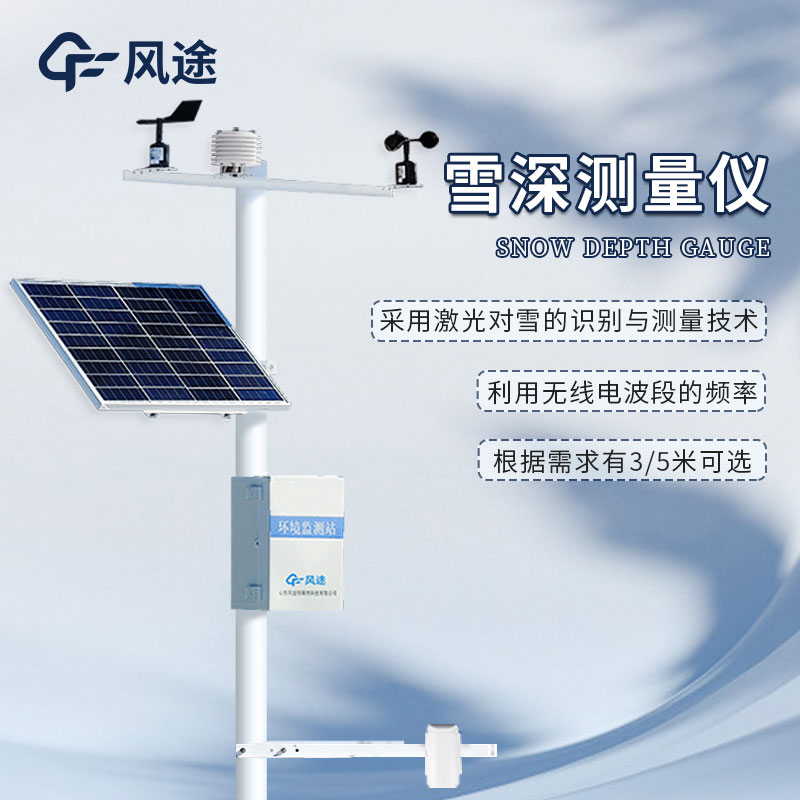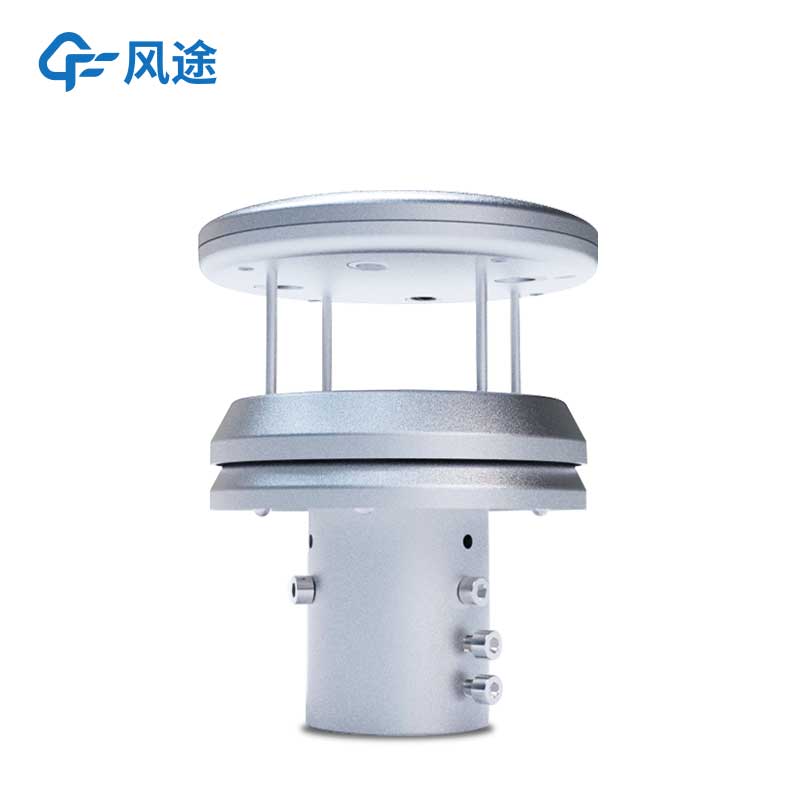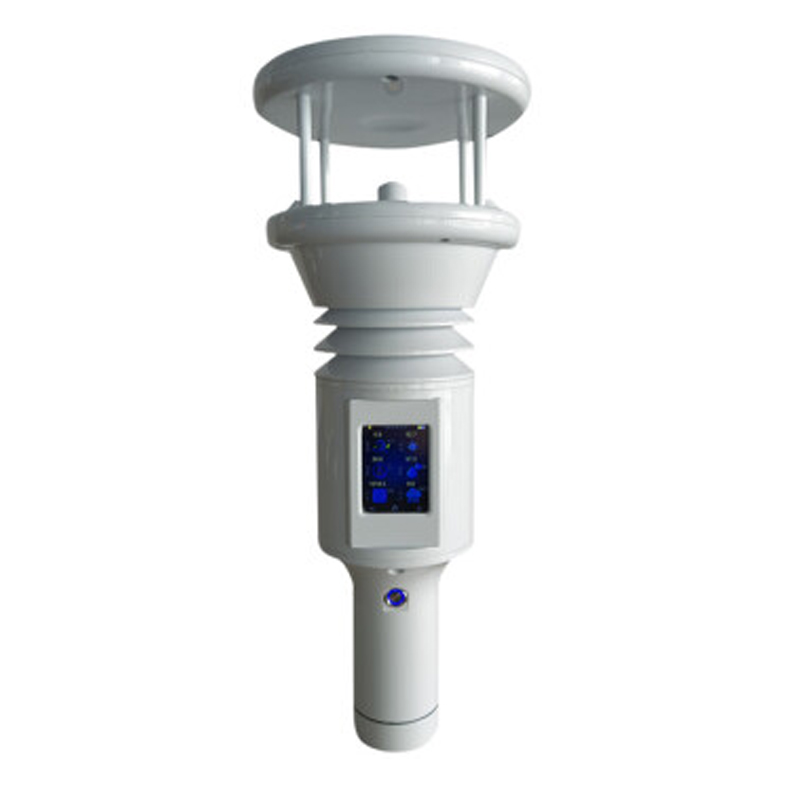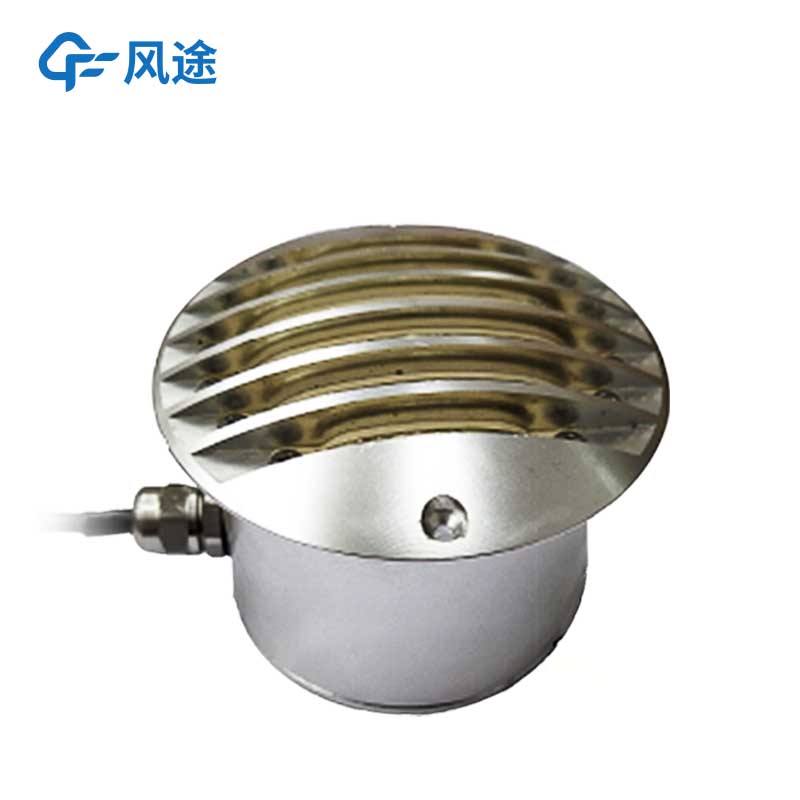Product
Recommended article
- How Forestry Weather Stations Bolster Forest Fire Prevention Efforts
- Discover the Power of Negative Oxygen Ion Monitoring System for Cleaner Air
- Comparative Analysis of Ultrasonic and Automatic Weather Stations in Meteorological Monitoring
- Breaking Through the ‘Last Meter’ with Online Dust Monitoring System
- Mastering Road Conditions with Road Weather Station
- Inhalable Dust Continuous Tester: A Portable Solution for Dust Concentration Monitoring
Contact us
Shandong Fengtu IOT Technology Co., Ltd
Sales Manager:Ms. Emily Wang
Cel,Whatsapp,Wechat:+86 15898932201
Email:info@fengtutec.com
Add:No. 155 Optoelectronic Industry Accelerator, Gaoxin District, Weifang, Shandong, China
How Miniature Sensors Aid in Accurate Fertilization for Tea Gardens
Article source:Weather station time:2024-10-18 08:48:59 viewed:12times
Miniature sensors can play an important role in precise fertilization in tea gardens.
On one hand, temperature sensors and humidity sensors can provide key information about the tea garden environment. Under different temperature and humidity conditions, the decomposition rate of fertilizers in the soil and the tea tree's ability to absorb nutrients will vary. For example, when the temperature is relatively high and the humidity is appropriate, the microbial activity in the soil is more active, and the decomposition rate of fertilizers may accelerate. The time and amount of fertilization can be adjusted according to the temperature and humidity data to avoid excessive decomposition of fertilizers leading to rapid nutrient loss or burning of seedlings due to excessive fertilization. If the temperature is low and the humidity is high, the decomposition of fertilizers is relatively slow, and the tea tree's absorption of nutrients may also be affected to a certain extent. In this case, the amount of fertilization can be appropriately reduced or a fertilizer type that is more easily absorbed by the tea tree can be selected.
On the other hand, the rainfall sensor is also crucial for precise fertilization. Rainfall will affect the distribution and loss of fertilizers in the soil. If there is heavy rainfall shortly after fertilization, it may lead to the washing away of fertilizers and reduce the fertilization effect. By knowing the rainfall trend in advance through the rainfall sensor, the fertilization plan can be reasonably adjusted before rainfall to avoid fertilization when rain is about to come. At the same time, according to the amount of rainfall, it can be judged whether supplementary fertilization is needed after rain to ensure that the tea trees obtain sufficient nutrients.
Light affects the photosynthesis and growth rate of tea trees, and thus affects the demand for nutrients. In the case of sufficient light, tea trees grow vigorously and may require relatively more fertilizers to support growth. According to the data of the light sensor, combined with the growth stage of the tea tree and nutrient demand, the fertilization plan can be precisely adjusted to achieve precise fertilization, improve the utilization efficiency of fertilizers, reduce waste and pollution to the environment, and at the same time provide strong support for the high-quality and high-yield of the tea garden.
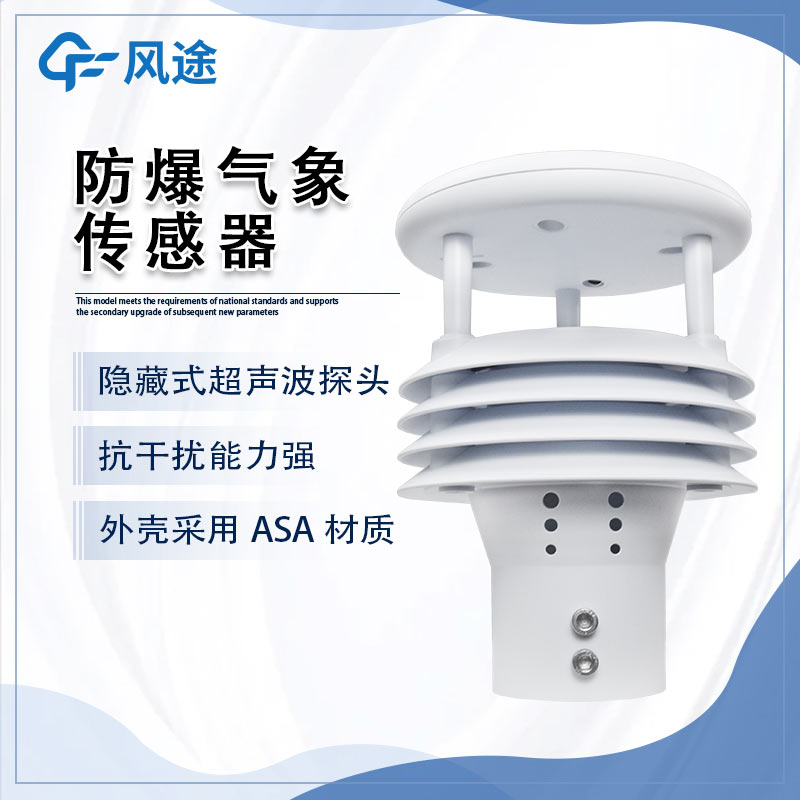
This paper addresses:https://www.yf182.com/industry/533.html
Related products
Related article
-
Full Intelligent Control Soil and Water Conservation Digital High Precision Artificial Rainfall Simulation System
2024-04-17 -
Classification of automated weather stations
2024-02-19 -
Dust pollution detector to monitor PM2.5
2024-01-24 -
How Forestry Weather Stations Bolster Forest Fire Prevention Efforts
2025-01-15 -
Selection of Meteorological Monitoring Equipment for Highways and Its Functions
2024-11-13 -
How to choose a dust and noise monitor?
2024-07-16 -
All-in-one vehicle-mounted weather station
2024-04-10 -
What is the best Agricultural Weather Stations company?
2024-08-22


